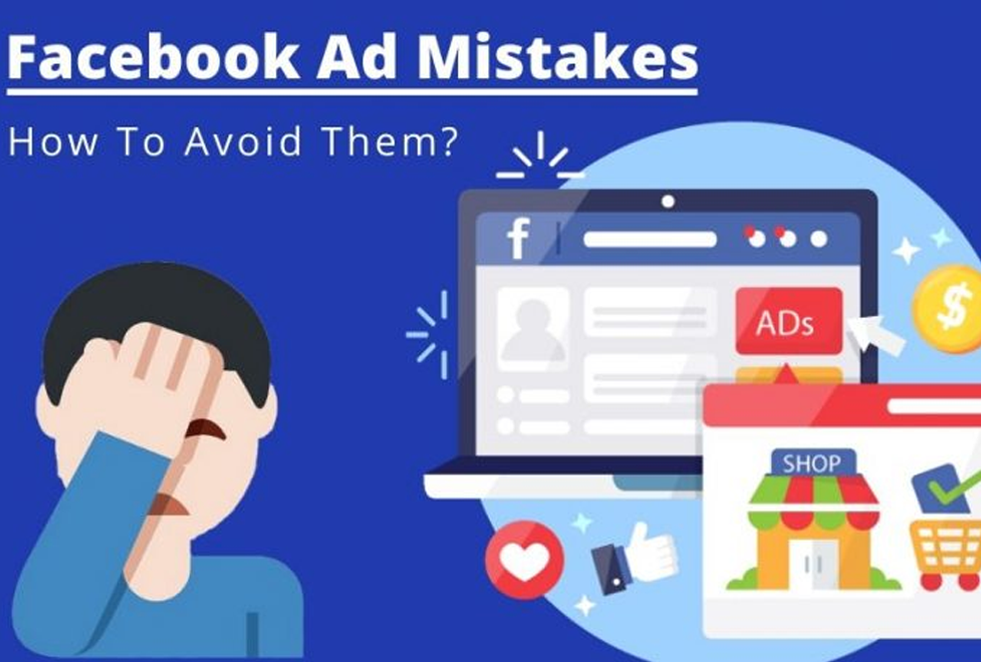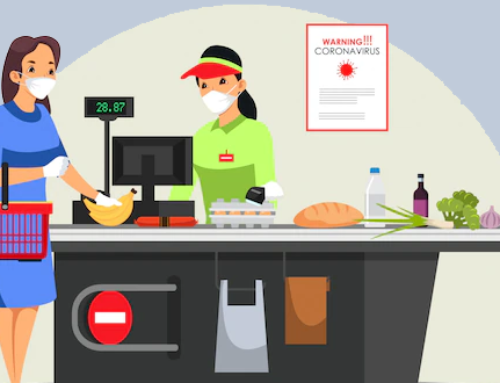Your Facebook ad has been REJECTED, according to the notification that we have all received. You’ve probably seen the warning stating that your advertisement has been rejected because it violates Facebook’s advertising guidelines.
Facebook may reject your advertisement for a variety of reasons. Although the advertisement isn’t violent or dangerous, it does happen occasionally and pretty regularly as well. Therefore, we strongly advise that you review (or at the very least quickly browse through) Facebook’s advertising policies before you begin developing Facebook ads.
There are 10 reasons, let’s see in depth
1. An image with too much text
This is most likely the most common explanation, and practically every marketer or advertiser is aware of it. The guideline states that no more than 20% of the image’s content may be text. Facebook just changed the way it applies this regulation. An advertisement with more than 20% text used to never get authorized. Facebook may now allow such an advertisement, but you should be aware that their potential audience may be substantially smaller. Before publishing the Facebook advertisement, you may use this helpful tool to verify the text in photos.
The evaluation of this image Facebook Ad (Facebook Image text ratings) has 4 alternative outcomes:
- Image text: OK – Your advert will run normally.
- Image text: Low – Your advertisement’s reach may be a little bit lower.
- Image text: Medium – The reach of your advertisement can be much lesser.
- Image text: High – Your advertisement might not run.
2. Using Facebook Brand in Ads
Using the Facebook brand in advertising in any format (text or image) is completely prohibited. It may have a number of issues, including:
- Word inflection, which can occur in languages other than English
- Altering the color of the logo
- Modifying/changing the logo’s appearance
- Including the Facebook logo in your picture (positioning etc.)
3. Utilizing fictitious call-to-action buttons
You have the choice to employ a variety of useful calls to action (CTAs), including “Learn More” and “Apply Now” on Facebook. However, occasionally, individuals attempt to incorporate purportedly false buttons right into their photos in an effort to pass for actual CTAs. They might utilize phrases like “Buy Now” or “Play Now,” which are not offered by Facebook, without providing any functionality.
Such a Facebook advertisement is deceptive since it encourages users to click it and mimics functionality, but when they do, no purchase is put into their basket and no video is started.
Facebook will reject all of this advertising. However, there is no point in doing it since all you would obtain is low-quality traffic to your target website. As you can see, the “Learn More” button has the highest Click Through Rate out of the 5 options that are available. It is also pretty intriguing that less than 10% of Facebook Ads featuring functionality buttons use it.
4. Age Restrictive Subjects
Making advertisements for certain things, like alcohol, requires caution. These typically have legal age restrictions and vary by country. In the United States, the legal drinking age is 21, although in many European nations it is 18.
Even if your Facebook advertisement doesn’t explicitly advocate alcohol, it may still be rejected if it mentions a bar or restaurant that serves it. If there is even the slightest suspicion that the product or the advertisement is related to alcohol, your advertisement may not be accepted (e.g. wine bottle, full or empty wine gasses).
5. Wrong Destination URL
Another justification for rejecting your ad. Several requirements must also be met by the target/landing page that users visit after clicking on your Facebook advertisement:
- The most fundamental rule is relevance- The advertised good or service must correspond with the information on the intended landing page. If not, Facebook may reject your advertisement, or in the worst-case scenario, it may be authorized and you will receive a large amount of unrelated traffic, which, as you could assume, won’t result in conversions.
- Functionality – The landing page must function (obviously), therefore be careful not to type the URL incorrectly. Additionally, there must be no spyware or unwanted pop-up windows on the landing page.
6. Excessive Capitalization
Overusing the “CAPS LOCK” function is not advised. Optically, having the text in all caps might be advantageous because it makes your advertisement more eye-catching and less likely to be missed. However, this advertisement would likely prompt users to spam and ultimately might not be effective. A standard sentence case is preferable to “ONLY 50 TICKETS LEFT – BUY 3 GET 1 FREE NOW!”
7. Pointless Content in Facebook Ads
Relevancy is one of the fundamental guidelines for Facebook ads, as was already mentioned. All elements of an advertisement and landing page must relate logically; this is a general requirement. For instance, using a picture of a woman in swimwear to advertise carpets may result in the rejection of your advertisement.
8. Horrific Language, Nudity, and Shocking Content
Facebook prohibits advertising that shows or encourages nudity, sexual material, images of dead bodies, etc. right away. When creating the copywriting, exercise caution and watch out for offensive language or prejudice.
9. Discrimination
Facebook places a high priority on protecting your privacy. Ads can be targeted based on the age, sex, or ethnicity of users, but you are never specifically targeting an individual user. Because of this, your advertisement words ought to be general rather than personalized. We’ll provide you with an illustration of how to fix poor Facebook Ad copywriting:
- Incorrect – Potentially rejecting: “Get in touch with single New Jerseyans like you are!”
- Correct – “Contact single New Jersey residents!”
10. Prohibited Material
Content that is forbidden from being advertised must be on the list of goods and services. These products include cigarettes, firearms, false goods that claim to improve health, and more.
How to submit a review following the denial of Facebook Ads
Prior to publication, all Facebook Ads go through a number of automatic screening procedures. Automated here refers to the handling of labor-intensive tasks by bots and algorithms. Some people who are trying to promote may find this frustrating because it’s not precisely simple to convince a computer or robot that an advertisement shouldn’t be rejected.
- As a result, there are two options for contesting ad rejections: automatically or by emailing customer service.
- To get started, submit your Facebook ad for review. Given that Facebook has to deal with all kinds of ad material, from the illegal to the immoral, all advertisements received this treatment.
- After submitting an ad, a message is displayed. Your ad’s status should be listed as “In Review.”
- Go to the Ads Manager and verify the status of your most recent advertisement using the methods described in the previous section.
- A green “Active” message will typically be displayed next to an advertisement that complies with all the requirements and appears professional enough for publishing.
- However, a red “Rejected” notification informs you that your ad was reported for disobeying Facebook’s policies by its automated review system.
- Whether you think this is appropriate or not, there is no way to resolve the issue short of editing the advertisement and resubmitting it for evaluation.
- Therefore, select the View Results button located next to the relevant Facebook Ad.
- Details regarding why a Facebook advertisement was initially denied are included in all rejected ads.
- It frequently looks simple to press the Request Review button right away in an effort to get your ad through. Then, you can use the Request Review button and demonstrate that you tried your best to address all issues.
- Click the Edit Ad option for the Facebook ad that was rejected for the time being.
- You can return to the Ads Manager page to see the status of your review there. There are several possible messages, including “Approved,” “In Review,” and “Rejected.”
- The desired outcome is for the “In Review” notification to become either “Approved” or “Active.”
- Continue on to the next stages to finish a more official request if you once more get a “Rejected” notification.
Check out these videos for more details…
Facebook Ads Rejected? Here’s What to Do
How to Recover a Disabled Facebook Ads Account
How to Recover (ACTIVATE) a Disabled Facebook Ads Account | Facebook Ads account restricted | Hindi
How to recover disabled/restricted Facebook ad accounts?
How to Fix a Restricted FB Business Page and Restore your Ad Account In 2022! UPDATED!








